You can almost hear Also Sprach Zarathustra playing as you unbox the latest Nighthawk. It may be named after Lockheed’s stealthy ground attack plane, but in reality it’s all the black monolith from 2001.
And just like Clark’s creation, the Netgear Nighthawk RS700S is here to uplift you. It brings with it unheard of technologies that will become the centerpiece of your home for years to come. It shows us the way of the future and… calm down Ian, it’s just a router.
The funny thing about the Wi-Fi 7 kit, though, is how advanced it seems over the Wi-Fi 5 and 6 gear we all use (hint: not that much). Each new generation of wireless internet brings some innovations, but we are reaching the point where returns diminish. With average British and American homes measuring between 1,000 and 2,000 sq ft, why do you need a system that can cover 3,000 sq ft unless you live in a castle or want to share with your neighbors?
Of course, there are good reasons for wanting more coverage, such as the ability to email while gardening and wanting decent signal strength beyond the router’s location and through walls. You could buy a Wi-Fi 6 mesh system for the same price as the RS700S, but you’d miss out on the Wi-Fi 7 features and the admiring looks of your network-savvy friends.
Nighthawk RS700S Specifications
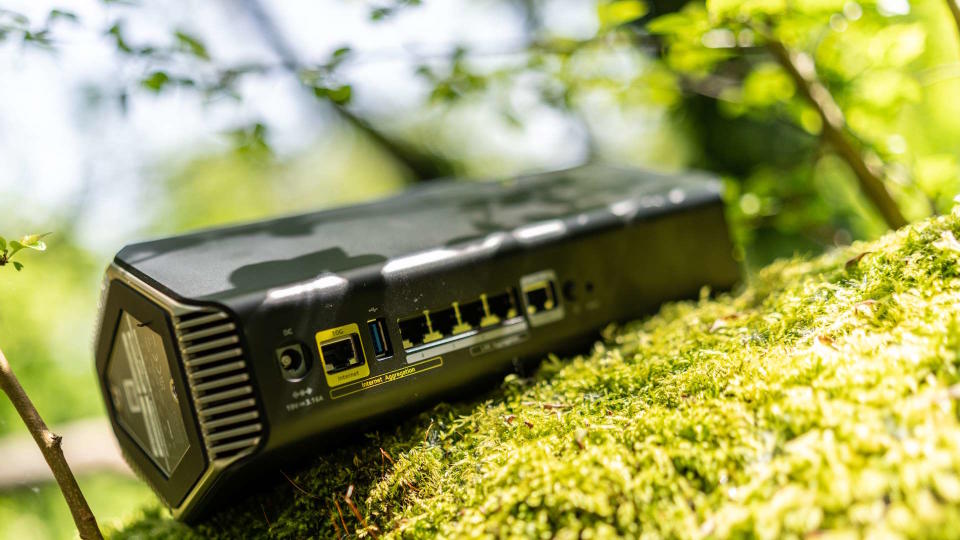
Wireless standard: WiFi 7
Maximum speeds: 1.4 Gbps (2.4 GHz), 5.8 Gbps (5 GHz), 11.5 Gbps (6 GHz)
Ethernet Ports: 1x 10Gbps, 4x 1Gbps
WAN: 10Gbps
Processor: Quad core 2.6 GHz
RAM: 2GB
USB: 1x USB 3.0 Type-A
Dimensions: 281x124x142mm
Weight: 1.64kg
Price: $700 | £800
This latest release of the Wi-Fi standard, also called IEEE 802.11be, offers twice the speed of v6 and is better at handling network congestion and keeping latency low. It offers a 6 GHz network with a blistering 11 Gbps throughput, although distance and awkward walls can reduce this. What might be even more interesting is the 2.4 GHz channel, which offers 1.4 Gbps and a much longer range, thanks to the ability of the lower frequencies to penetrate solid objects.
To take advantage of all this, every device in the chain must be Wi-Fi 7 compatible, which means you’ll need to have the right kind of extender, if you’re using one, and a device like one of the latest Apple or Samsung Galaxy devices. phones, HP, Lenovo, MSI laptops and desktop motherboards from Gigabyte and Asus, to name a few. Like all new wireless standards, Wi-Fi 7 is fully backwards compatible, so for now a Wi-Fi 7 router is a hub you can build around, with room for more devices in the future as you upgrade and your needs grow.
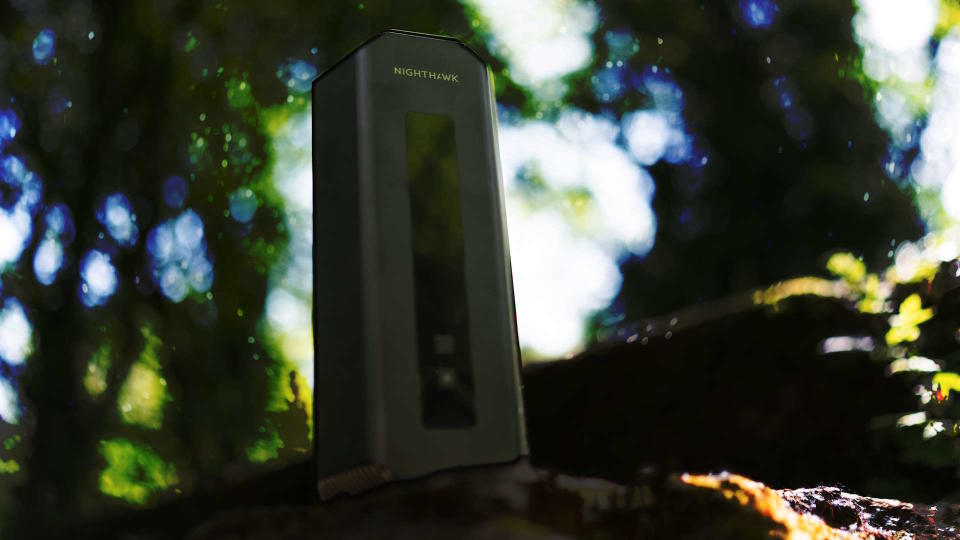

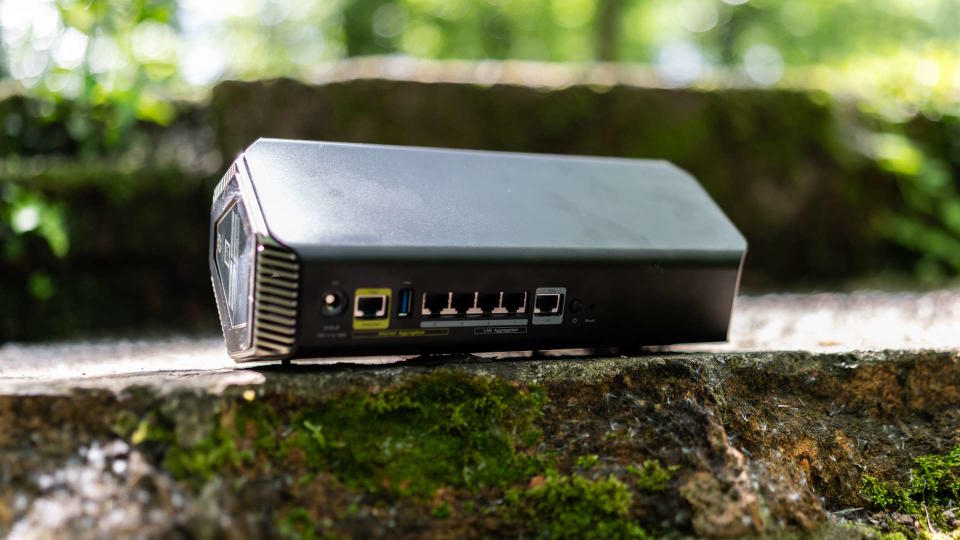

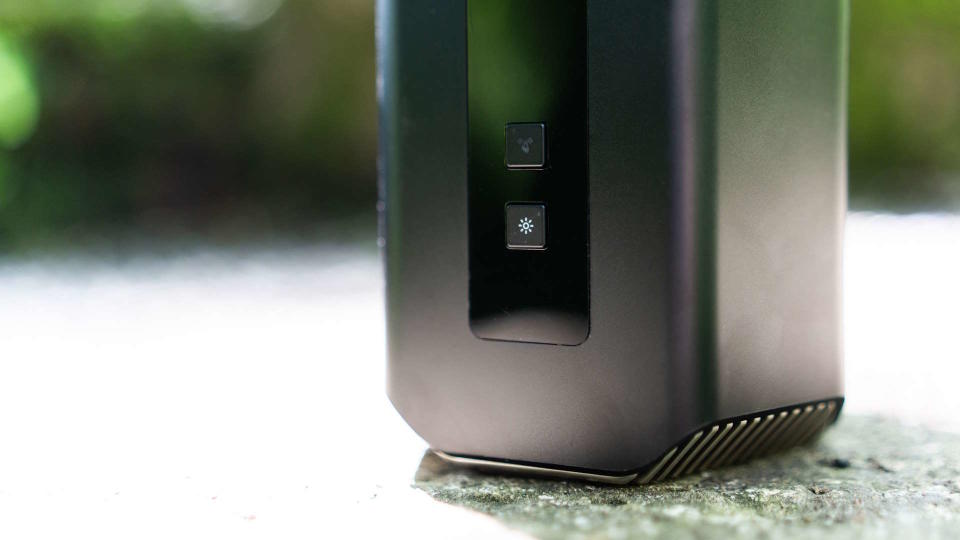

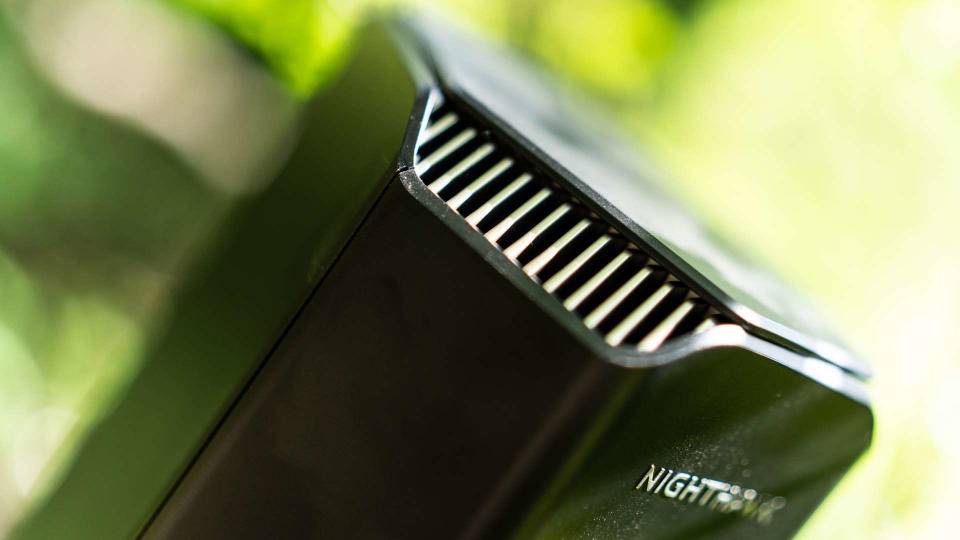

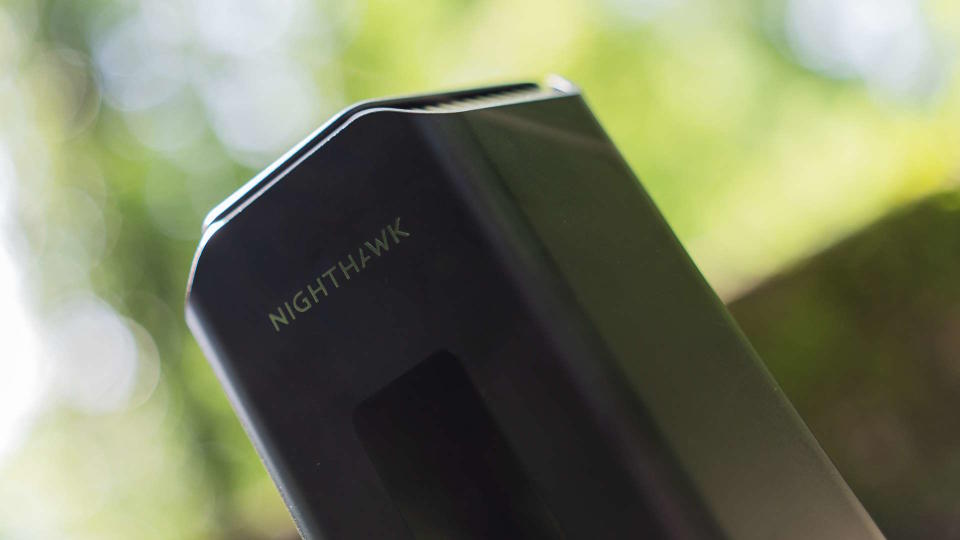

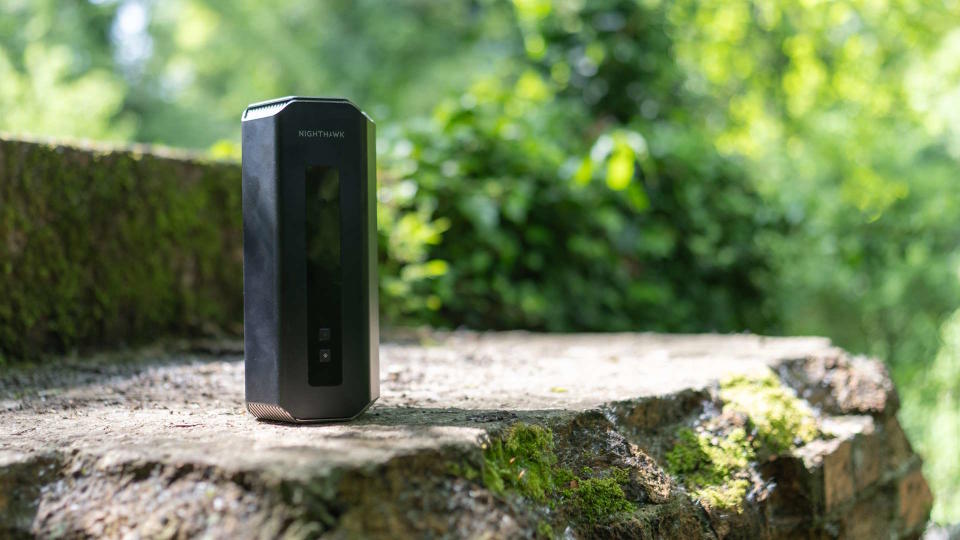

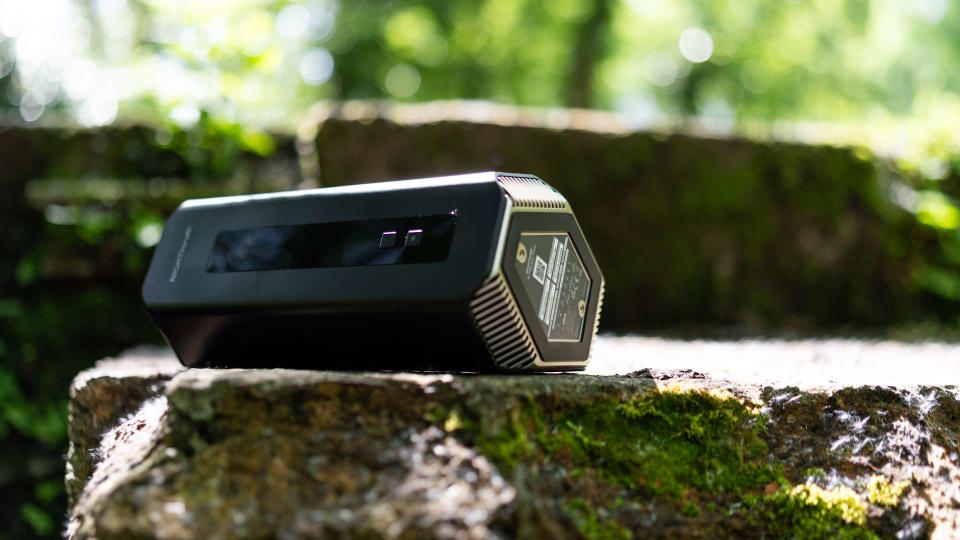

The RS700S is a router that you won’t mind displaying. It is sophisticated, a simple, shapely black tower with all the plugs square at the back. There are some vents, a few lights, but nothing prevents their placement in a common area of the house. All eight antennas are internal, so late-night trips to the fridge aren’t likely to be disturbed by thoughts of Gregor Samsa, and there’s a handy button on the front to turn off all LEDs except the power light.
On the back there’s an impressive array of Ethernet ports. The input is 10 gig, and this is what I mean by future-proofing. On a glorious day, when all our homes have multi-gigabit fiber optic connections and we can’t think of quickly downloading a 500GB game from Steam 2 to a 500TB SSD, this router will still be a viable choice. There’s also a 10 gigabit output port, which can be used to power a hub in a complex network or a single data-hungry PC or server, along with four of the most common gigabit varieties.
Setting up the RS700S is easy, with both a simple web browser and a QR code-supported smartphone app available. If you want to dive deep into the settings, then the web page is your best bet as it has access to more options than the app. If you just want parental controls and speed monitoring (plus management of Netgear Armor security, which includes a one-year trial), the app is fine, but for those times just the Advanced tab will suffice. dial in via a browser.
Buy as…
✅ You have God’s own internet connection: Do you want to share it between many devices? Or maybe you just like having the biggest numbers? We can respect that.
Don’t buy if…
❌ You don’t need it: There are many routers on the market and most of them don’t cost nearly as much as this one. If your needs are more modest and your Internet connection is not capable of downloading the total amount of human knowledge in a few seconds, then this may be a bit of an exaggeration.
However, during my iPerf3 testing, which involves transferring a gigabyte of data over the wireless connection and basically seeing how fast it goes, the RS700S proved brutal. It’s not willing to offer its Wi-Fi 7 goodies unless you use Smart Connect, which merges the three wireless networks into one and negotiates the best connection. Disable this and the laptop and smartphone I tried could only connect over Wi-Fi 6 at best, even on the 6GHz network.
But with Smart Connect and Wi-Fi 7 enabled, data transferred at a handy 704 Mbps with the client device close to the router (the laptop showed a connection speed of a whopping 3843 Mbps), and 204 Mbps when I put some on it put distance, a floor and some walls between the couple. Even on the long-distance test, it’s comfortably faster than the Wi-Fi 6E Acer Predator Connect W6, and not far from that, it’s twice as fast near the router itself.
It’s basically impossible to trip in general use, but it can display 4K video streams (and 8K in the future), download from Steam at the full speed allowed by your Internet connection and transfer hundreds of files to a network drive, all at the same time. to up to 200 devices simultaneously. As with all Wi-Fi routers, the speed decreases as you go further away. Therefore you would have to run 15 meters of Cat7 Ethernet cable up the stairs, but this is an extremely powerful network hub and has the potential to remain that way for many. the next few years.